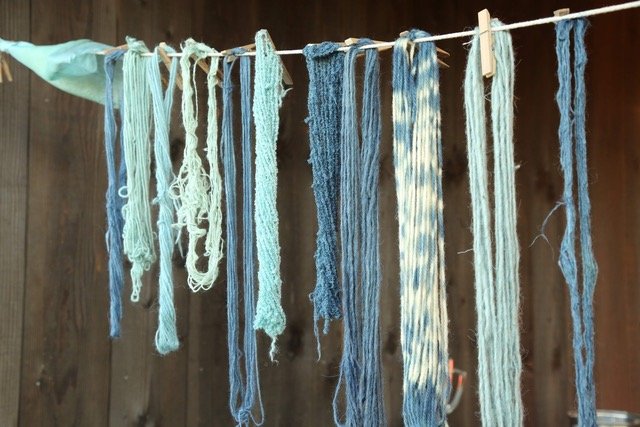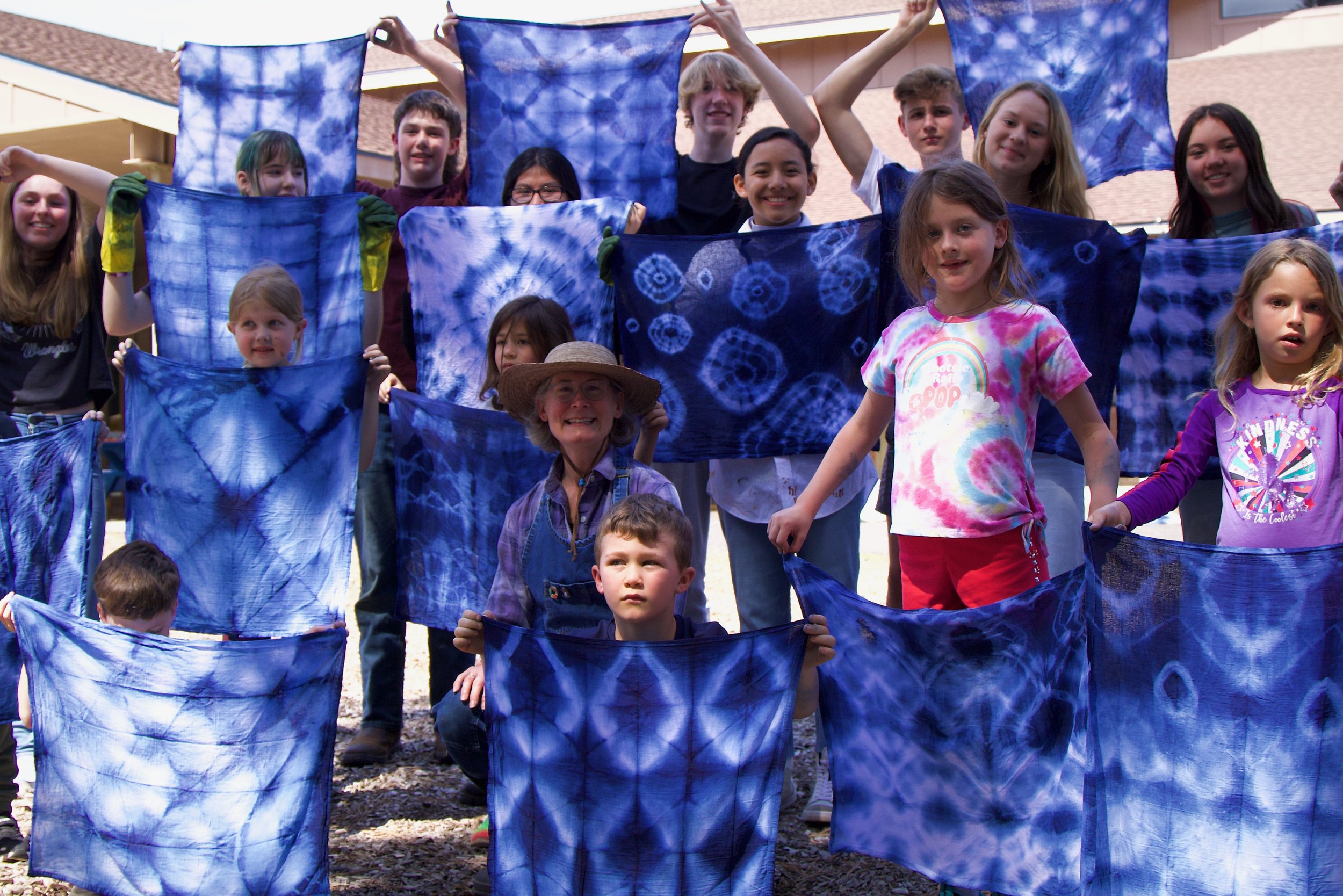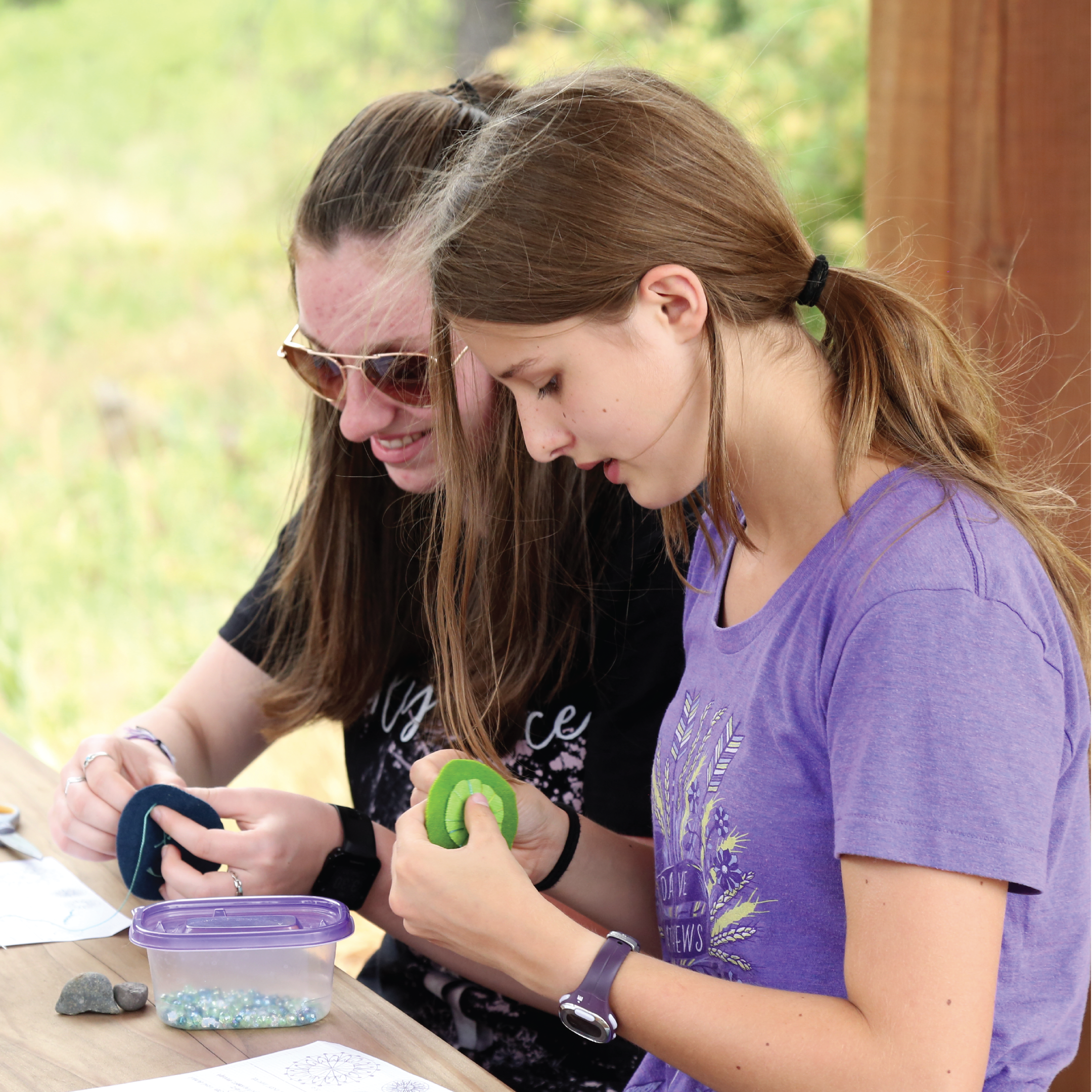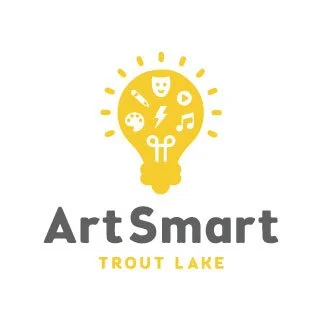



ArtSmart Trout Lake is a committee of the Trout Lake Arts Council with a focus on arts education for students of all ages in the greater Trout Lake community. All donations to ArtSmart Trout Lake are tax deductible.
Trout Lake is a small community known for its natural beauty, organic dairy and herb farms, and as an access point to Mount Adams and the Gifford Pinchot National Forest. Trout Lake School is a public school that serves 230 students in grades K–12. The elementary, junior, and high school levels are combined, creating a nurturing environment that welcomes an increased exposure to the arts. With Trout Lake School as the beating heart of the ArtSmart initiative, the committee envisions our efforts rippling outward, involving and inspiring surrounding communities.
ArtSmart Trout Lake fosters investment in the visual, literary, media, and performing arts by managing a fund that is allocated to artists and art educators through an annual grant cycle. Our committee pursues funding through the generous support of donors and local businesses, as well as grants and fundraising events. Our fund allows us to meet the needs of local artists and art educators, and expand integrative arts education opportunities in our community.
With a simple ArtSmart Trout Lake grant application, funding will be allocated to art education initiatives based on mission alignment, feasibility, matching funds, reach, and creativity. To learn more about our grant application process please visit our Grants page.
Follow us on Social Media






Did you know that art education...
Develops creative thinking.
Provides means of communication and self-expression.
Serves as an emotional release.
Strengthens the self-concept and confidence.
Increases self-understanding.
Heightens aesthetic awareness and sensitivity.
Enhances the ability to visualize.
Provides problem-solving/decision-making opportunities.
Develops appreciation for the individuality of others.
Leads to the integration of the individual.
Serves as a balance to classroom activities.
Aids physical coordination.
Develops work habits and a sense of responsibility.
Aids the adult in understanding and helping the child.
Generates joy.
SOURCE: The Power of the Arts to Transform Education: An Agenda for Action, The Arts Education Partnership Working Group, The John F. Kennedy Center
The National Art Education Association (NAEA) and other national arts and education organizations released a statement calling on policy makers and the public to re-examine support for quality arts education. Arts Education for America’s Students: A Shared Endeavor is a statement outlining the importance of high quality arts education and those responsible for providing it to students. It asserts Art Education as a core academic subject area, and was created to respond to the alarming marginalization of quality arts education in America’s schools in recent years, as funding, staffing, and school time have increasingly focused on tested subject areas.
ARTS EDUCATION
The arts are part of a balanced education, providing learners with the essential skills and knowledge they need to be productive, college and career ready citizens. Art is a universal language bridging time, culture, and national barriers. It continually reflects and preserves society.
Art Education is a discipline in which a student actively participates intellectually, emotionally, socially, and aesthetically. It is an integral part of the core curriculum and has a fundamental presence in all curricular areas.
The growth and development of each individual is enriched through art education since it celebrates uniqueness, self-expression, and diversity. Art appreciation and production activities encourage critical thinking and creative problem-solving skills. It provides a means for appreciating and respecting ourselves and others.


